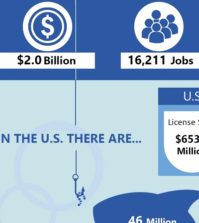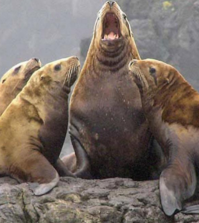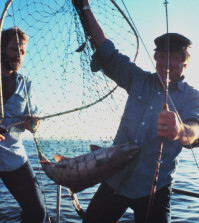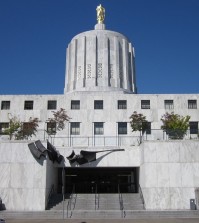We Can Learn a Lot from Russian Harvest Practices
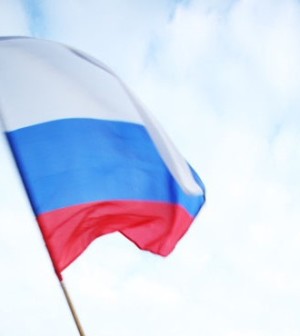
In 1989, I traveled to Russia and established an Atlantic salmon sport fishing camp on the Kola Peninsula. Over the years I have met many Russians – from biologists to politicians – and through these friendships I have learned a lot about how they have successfully managed their fisheries. One thing is for certain: we can learn from the Russians.
My wife and I recently traveled to Russia and had the opportunity to catch up with some old friends. We also had the chance to participate in a fishing tournament. At one point during the event, several men dragged over a gill net that had been found in the lake. It was filled with fish in various states of decay, and the crowd’s mood quickly turned from somber to outrage.
You see, gill nets have been banned in Russia’s waterways for decades. This net was placed in the lake illegally, and the anglers were outragedt the insult to their fishery and to their sport.
When I shared with the group that gill nets were still widely used in the Pacific Northwest, I was met with disbelief. “How could the United States maintain such an outdated and barbaric way of harvesting fish?” I was asked.
That’s a great question.
Unfortunately, I didn’t have a good answer. I had a factual answer – but it’s not one that made any sense of the situation, and my Russian friends were clearly surprised and disappointed that we were so far behind in our thinking and practices. I was pretty embarrassed.
That trip to Russia and that experience with the gill net reminded me of all the work that still needs to be done in the Pacific Northwest. I have traveled to Russia many times throughout the years, and this time I was keenly aware of how things would look if we implemented harvest reform. I saw what it means to have a successful, balanced fishery – one that serves both commercial and sport fishing needs in a sustainable way. And, believe it or not, I returned more determined than ever to blaze that trail toward success.
Here’s a snapshot of how they do it. The Russians place fish traps at the mouths of all of their rivers, with the traps typically placed off center of the river. The traps consist of big steel nets suspended by cables stretched across the waterway, and the fish are herded into the trap. The Russians know exactly how many fish they need, so they let that many fish swim through the trap daily, and harvest the excess. With a fish trap, bi-catch and the incidental killing of fish isn’t possible. Of course, gill nets and tangle nets are non-selective and kill native and wild fish. So who has the more sustainable fishery?
Here’s something else to think about. Pacific salmon are the only fish that immediately begin to decay when they die. If a commercial fisherman goes to work at 6 a.m., the fish he catches stay in the bottom of the boat for about 8 to 10 hours. During that time, the stomach acids are working on that fish, so by the time it reaches the consumer, it’s not in great shape. If we were to place fish traps at the mouths of our rivers and a processing barge next to the nets, it would yield a much higher-quality product. This is similar to the way Copper River salmon is processed, and consumers pay a higher price because of the perceived quality.
The creation of a sustainable fishery is why the Coastal Conservation Association has expanded into the Pacific Northwest. I think it’s important to remember that the end game is sustainable practices and fisheries – this will benefit everyone who has a stake in this game. CCA will give us the strength and expertise that we need to implement positive change, and I hope that you will join us in the effort. To learn more about CCA or to become a member, please visit our web site at www.ccapnw.org.
We can learn from our Russian neighbors. What works in their waterways can work in ours. I hope to return to Russia someday and share that we, too, have discarded our outdated practices and stepped into the 21st century.
image courtesy pvz.lt (CC BY-SA 2.0)



